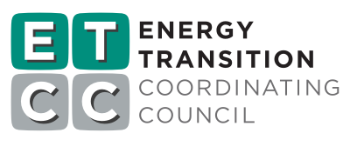Project Info
COMPLETE
Project Title
AMI Intelligence Connected Building Energy Modeling
Project Number ET23SWE0040 Organization SWE (Statewide Electric ETP) End-use Whole Building Sector Commercial Project Year(s) 2023 - 2024Project Results
This report covers the development and refinement of a low-cost, high-impact building energy modeling tool tailored for medium-sized commercial buildings. The project team designed this energy modeling tool — the California Commercial Building Energy Modeling (CCBEM) — to be run by utility customers for no cost and to output energy-efficiency measure recommendations that would decrease annual energy usage. It requires simple inputs from the customer and ingests historical utility data to improve the accuracy of the model. Energy modeling for building sites of this scale would typically require up to four weeks of analysis; the new CCBEM tool can generate building models in less than 30 minutes.
Project Report Document
Loading PDF Preview...
